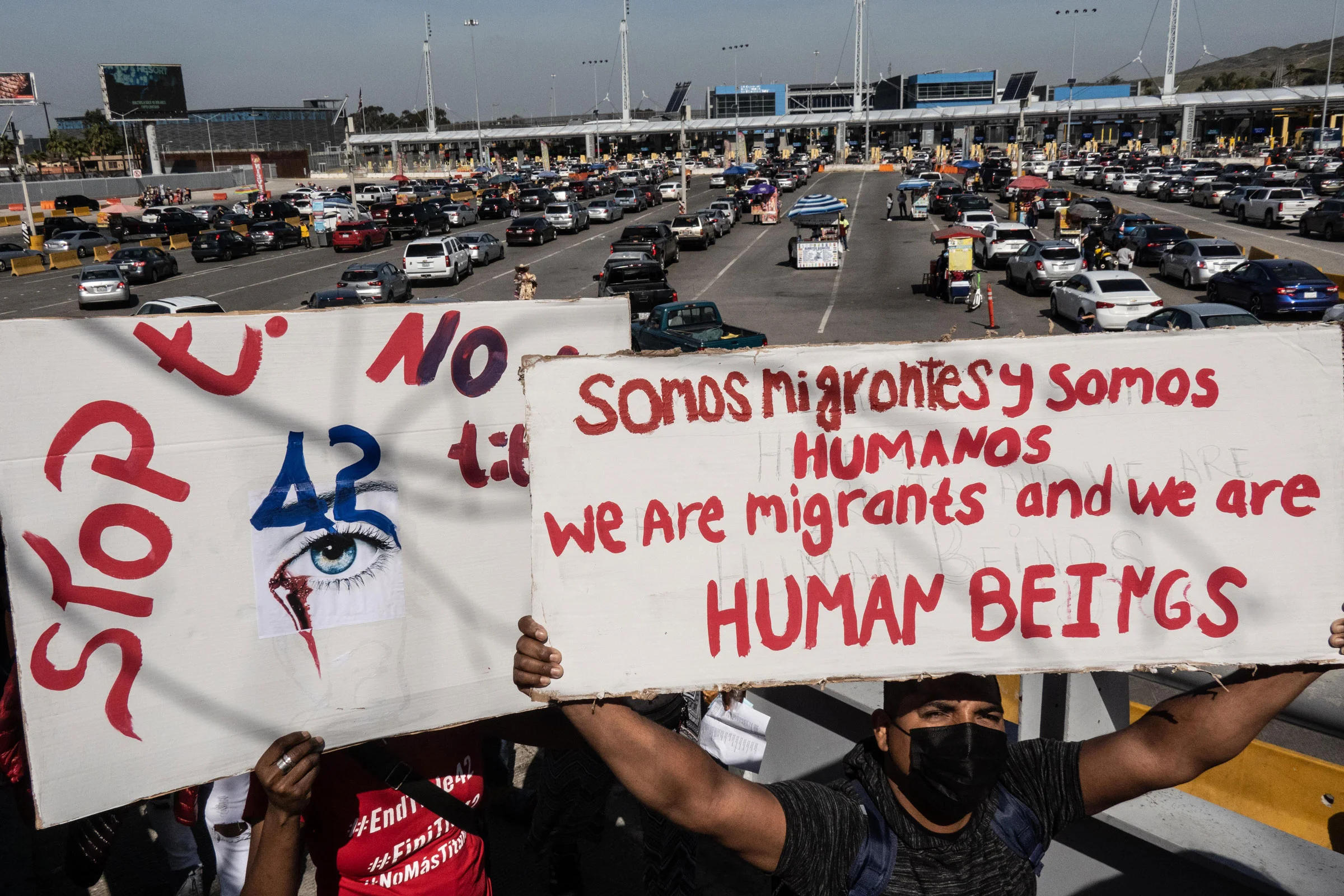U.S. ‘Title 42’ Immigration Policy
The United States recently announced that it will extend COVID-19 pandemic-era restrictions, known as Title 42, to expel migrants from Nicaragua, Cuba and Haiti caught crossing the U.S.-Mexico border back to Mexico. The move would block more nationalities from seeking asylum in the United States, and raises questions about the implications of this policy expansion and its legality.
What is Title 42 and Why was it Implemented?
Title 42 is an immigration policy that was implemented by the U.S. health authorities in March 2020, during the early stages of the COVID-19 pandemic. The policy was implemented to allow border agents to rapidly send migrants crossing the U.S.-Mexico border back to Mexico or other countries. The U.S. Centers for Disease Control and Prevention (CDC) said at the time it was needed to stem the spread of COVID-19 in crowded detention settings. The policy was implemented under Republican former President Donald Trump, whose administration sought to greatly curtail both immigration.
Critics of Title 42 argue that it unlawfully blocks migrants from claiming asylum and subjects them to dangers, such as kidnapping and assault, in Mexico. Migrants and immigrant advocate organizations sued to lift the order, while Republican states have sued to keep it in place, litigation that is still ongoing.
The Biden Administration and Title 42
U.S. President Joe Biden, a Democrat who took office in January 2021, campaigned on a promise to reverse Trump’s restrictive asylum policies. While Biden moved to end some Trump restrictions, he left Title 42 in place for more than a year, exempting unaccompanied children but allowing U.S. authorities to send hundreds of thousands of migrants, including families, back to Mexico. Since Biden took office, there have been record numbers of migrants caught crossing the U.S.-Mexico border, causing operational and political challenges for his administration.
Supreme Court Ruling on Title 42
The CDC announced in April 2022 that it would end Title 42, stating that it was no longer needed to limit the spread of COVID-19 in light of vaccines and other medical advances. But a federal judge in Louisiana blocked the termination after a legal challenge brought by a group of two dozen U.S. states with Republican attorneys general who argued that increased migration would saddle their states with costs. In a separate lawsuit, brought by the American Civil Liberties Union (ACLU) and other groups on behalf of migrant families who argue they were harmed by Title 42, a Washington, D.C.-based judge struck down Title 42 on Nov. 15. The judge, U.S. District Judge Emmet Sullivan, ruled Title 42 violated federal regulatory law but delayed the effective date of his decision until Dec. 21 to give authorities time to prepare.
After the Supreme court intervened and ruled to keep the policy in place as they consider the case, the Biden administration announced that it would be expanding Title 42 to include Nicaragua, Cuba, and Haiti.
Why is the Biden Administration expanding Title 42?
The Biden administration has not provided an explicit reason for expanding Title 42 to include Nicaragua, Cuba, and Haiti. However, it is likely that the decision is based on operational and political challenges that have risen as a result of record numbers of migrants crossing the U.S.-Mexico border since the Biden Administration took office.
The expanding of the Title 42 policy will have significant consequences on migrants from these countries who will be blocked from seeking asylum in the United States. The legality of this policy expansion is also questionable and will likely be challenged in the courts.
Month: Current Affairs - January, 2023
Category: International / World Current Affairs


